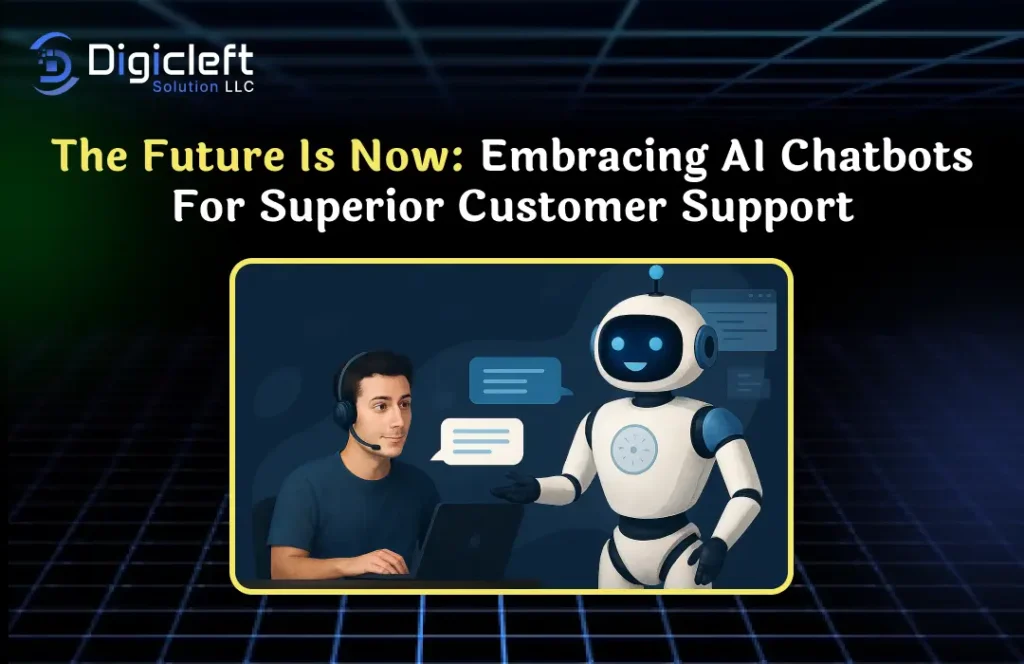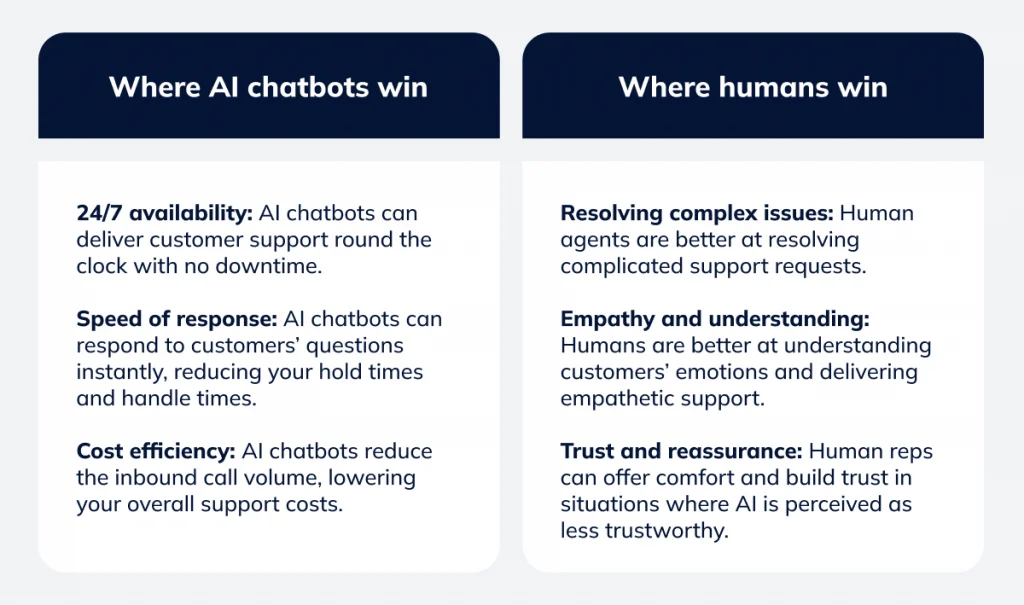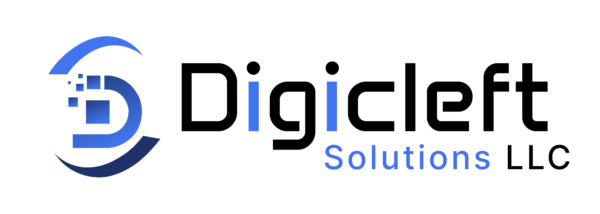
Picture this you’ve got a burning question about a product, and instead of waiting endlessly for an email reply or being stuck in a call line, you get an instant, accurate answer. That’s the magic of AI chatbots. The future of client support isn’t a far-out dream. It’s happening now. Businesses across industries are embracing AI chatbots to create smoother, faster, and more personalized interactions. And actually, customers are loving it.
What Are AI Chatbots?
AI chatbots are smart virtual assistants designed to communicate like humans. Unlike the clunky bots of the early 2000s that could only reply with preset expressions, today’s AI-powered chatbots can understand context, intent, and even emotions. They’ve evolved from basic Q&A tools into full-fledged client support partners capable of resolving complex issues.
Why Client Support Needs a Revolution
Let’s be real traditional client service has always had cracks:
- Long wait times
- Repeated questions (“Can you give me your order number again?”)
- Agents overwhelmed by high ticket volumes
Add to that the growing demand for round-the-clock service, and it’s clear something had to change. AI chatbots stepped in as the perfect fix.
How AI Chatbots Transform Client Experience
- Instant responses: No more being put on hold.
- Personalized conversations: Bots remember your history, preferences, and context.
- Multilingual support: Talk to a bot in your own language, and it still gets you.
Think of them as the friendly digital concierge you didn’t know you needed.
The Technology Behind AI Chatbots
- Natural Language Processing (NLP): Helps bots understand human language.
- Machine Learning (ML): Allows bots to improve with every interaction.
- CRM Integration: Ensures chatbots pull data from systems like Salesforce, HubSpot, or Zoho for context-aware replies.
AI Chatbots vs. Human Agents

It’s not about bots replacing humans it’s about cooperation.
- Strengths of chatbots: Quick, consistent, available 24/7.
- Where humans shine: Complex, emotional, or high-stakes situations.
The sweet spot? A hybrid model where bots handle the basics, and humans step in when it matters most.
Key Benefits for Businesses
- Cost-effectiveness: Reduced staffing costs without sacrificing quality.
- Scalability: Handle thousands of conversations at once.
- Improved client satisfaction: Faster resolutions = happier customers.
Real-World Use Cases
- E-commerce: Tracking orders, recommending products.
- Healthcare: Answering patient queries, booking appointments.
- Banking & finance: Balance checks, fraud alerts.
- Travel & hospitality: Managing bookings, providing real-time updates.
Digicleft Solution Leading the Way
Among the many players in this space, Digicleft Solution stands out. Their AI chatbot system is designed not just for efficiency but also for client delight. With advanced personalization, seamless CRM integrations, and industry-specific features, Digicleft helps businesses deliver support that feels human, not robotic.
Overcoming Common Misconceptions
- “Chatbots are robotic.” Not anymore they can hold natural conversations.
- “AI replaces humans.” Wrong AI supports humans, not replaces them.
- “They can’t handle complex issues.” Advanced chatbots can escalate issues smartly when needed.
The Role of Emotional Intelligence in AI
The next big step is empathy. With sentiment analysis, bots can detect if a client is worried or happy and respond accordingly. Imagine a bot that adjusts its tone based on your mood that’s where AI is heading.
Future Trends in AI Chatbots
- Voice-enabled bots: Conversations like Alexa or Siri.
- Hyper-personalization: Using client data for tailored experiences.
- Predictive support: Solving problems before you even ask.
How to Implement AI Chatbots in Your Business
- Assess needs: What problems do you want chatbots to solve?
- Choose a platform: Pick one that integrates with your current tools.
- Train and optimize: The more data, the smarter the bot gets.
Challenges and Risks
- Data privacy: Keeping client information safe.
- Sensitive issues: Some problems still need human handling.
- Ongoing updates: Bots need regular training to stay effective.
Conclusion
The age of AI chatbots isn’t “coming” it’s already here. Businesses that embrace this shift are creating superior client experiences while cutting costs and scaling faster. With innovators like Digicleft Solution leading the way, the future of client support looks brighter, faster, and more human than ever before.
FAQs
1. Can AI chatbots replace human agents entirely?
No. They’re great at routine tasks, but humans are still essential for complex or sensitive cases.
2. How secure are AI chatbot systems?
With proper encryption and compliance measures, chatbots are safe. Security depends on the provider.
3. Do chatbots work for small businesses too?
Absolutely. In fact, they’re a cost-effective way for small businesses to offer 24/7 support.
4. How do chatbots learn over time?
Through machine learning each interaction helps them get smarter and more accurate.
5. What’s coming in chatbot innovation?
Expect more voice-enabled, emotionally intelligent bots that can predict client needs.


